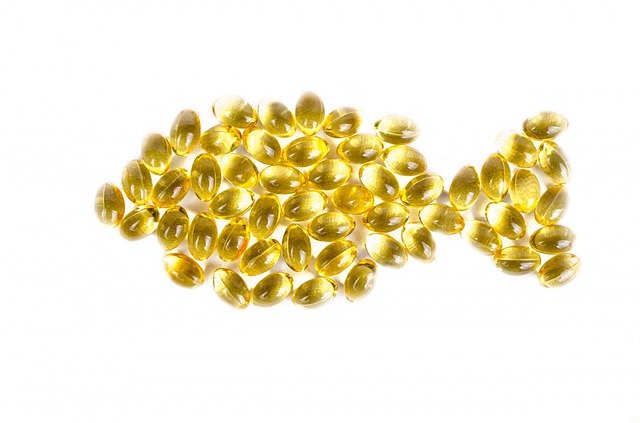Although arthritis cannot be cured, many methods exist to control its symptoms such as regular exercise and smart energy conservation techniques. Diet is another important tool in your fight against arthritis. This is because some foods cause more inflammation in your body, while others can fight inflammation. When you have arthritis, you can identify the inflammation in your joints by the redness and swelling you see. Inflammation also takes place in other areas of your body, that you may not even realize, such as your blood vessels.
 The Right Foods
The Right Foods
Examples of foods that cause more inflammation in your body include those filled with sugar, refined grains, and unhealthy fats such as hydrogenated oils. On the other hand, foods that can fight inflammation include coldwater fish such as herring, anchovies, tuna, salmon, and sardines.You want to stay away from shark, swordfish, tilefish, and king mackerel as these are higher in mercury as they live longer as they are higher on the fish foodchain. Even white tuna (called albacore) should be limited to no more than 6 ounces every week. Soybeans, extra virgin olive oil, and cherries are just a few other examples of foods that fight inflammation. Basically, foods that are not processed, and are low or nonexistent in saturated fats, reduce the inflammation in your body.
Although coldwater fish is mentioned, not enough people consume the required amount. The American Heart Association recommends three to four ounces of fish be eaten twice per week. However, arthritics should be eating even more. This is where fish oil supplements are beneficial.
 Fish Oil
Fish Oil
Fish oil can lower pain and swelling in the joints, as well as reduce morning stiffness by helping to lubricate the joints. You should aim to take 600 to 1000 mg of fish oil every day. Dosages up to 3000 mg are generally safe, but the higher the dosage, the increased chances for bleeding. You should always speck to your physician first, because fish oil can be very dangerous to take in combination with blood thinners such as warfarin. You also have to be careful if you are allergic to seafood, as this is the main component of Omega 3’s. If that is the case, you may need to get your Omega 3 in plant sources instead (algae, flax, walnuts, etc.).
Fish oil is made up of particular essential fatty acids – something that your body cannot produce, but plays a very essential role in its many functions, including joint health. It has been found to lower the risk of cardiovascular disease, reduce blood pressure, be helpful for depression, and even prevent memory loss due to aging.
There are two main kinds of Omega 3 fatty acids:
Long-chain:
EPA (Eicosapentaenoic acid) – found in fish and shellfish.
DHA (Docosahexaenoic acid) – found in fish, shellfish, and algae.
When you look at Omega 3 supplement bottles, you will notice that EPA and DHA are listed on the label. Always buy a supplement with at least 600 to 1000 mg of DHA. DHA is the hardest one to get in your diet, but it’s very important for your health.
Short-chain:
ALA (alpha-linolenic acid) – found in walnuts, and plants like flaxseed, olive and soybean oils. You have to eat much more of them to gain the benefits that you get from eating fish. In the body, it converts into small amounts of DHA.
If Omega 3’s are good for you, should you then take Omega 6’s and 9’s too by supplement?
No. Omega’s are not created equal. Omega 6’s are found in corn oil, sunflower oil, and margarine for example. People in North America already get too many Omega 6’s in their diets, so you should not be taking supplements containing them. They are linked to increased risk of heart disease as they actually increase inflammation in your body (in your joints and arteries), and also contribute to fatty liver disease. The reason we need some Omega 6’s, which we easily get through our diets, is so that our body can fight invading bacteria and viruses by causing inflammation, and signaling to us that something is wrong.
Another kind of Omega – Omega 9 – can also be purchased in supplement form, but you are really wasting your money as these can be produced by your body if needed (unlike Omega 3’s and Omega 6’s). However, you can also get Omega 9’s in your body by consuming avocados, macadamia nuts, almonds, cashews and hazelnuts, and olives or extra virgin olive oil.
To summarize, Omega 3’s cannot be made by your body, and you therefore need to consume them through food sources or supplements. There is no need to supplement with Omega 6’s or 9’s. Omega 3’s play a beneficial role in reducing inflammation in your body, including your joints.

Article written by Kathy Lawrence, DPT
Kathy Lawrence has 20 years of experience as a Physical Therapist. Kathy received her Masters of Physical Therapy in 1999 from the University of Wisconsin – Madison. Then followed up with her Doctorate Degree in Physical Therapy in 2008 from A.T. Still University. She prides herself in her focus on Healthy Aging. Whether it’s wellness, pain management, or helping recover from an injury Kathy has been instrumental in keeping our aging population on their feet.



Excellent summary! Emphasizing the consumption of omega 3’s while de-emphasizing the consumption of omega 6’s will have profound positive effects on controlling cellular oxidation and inflammation. Great article Kathy.